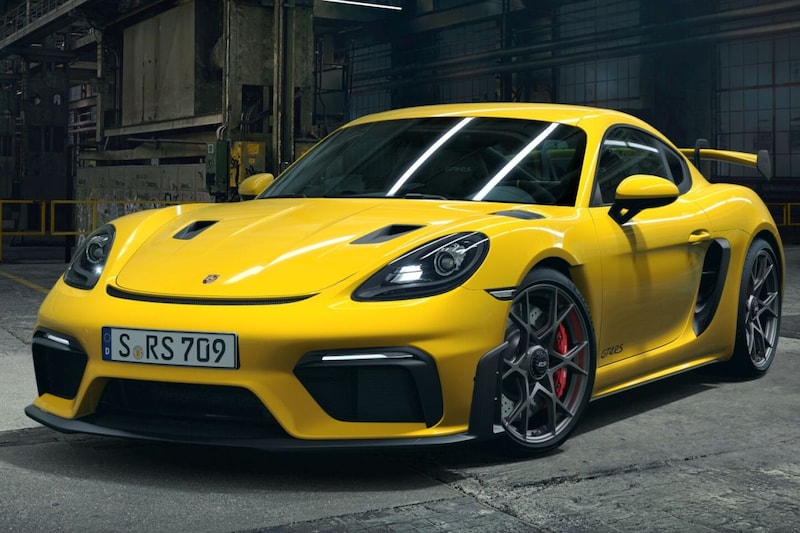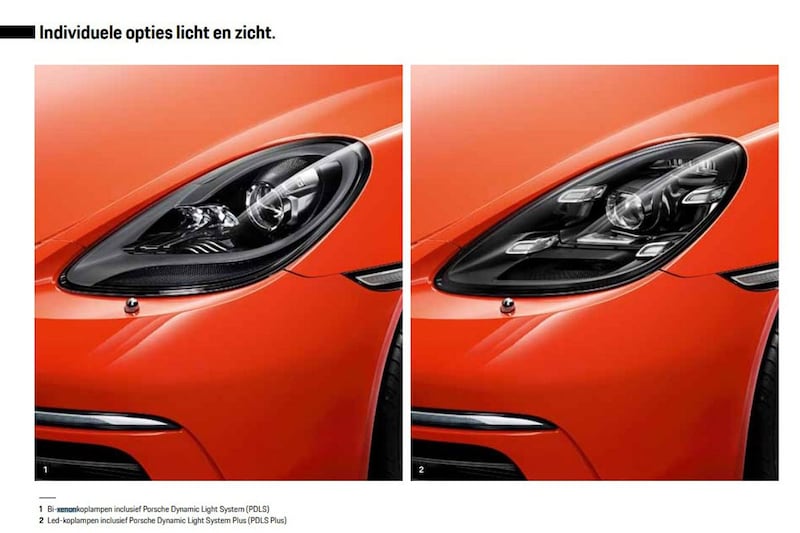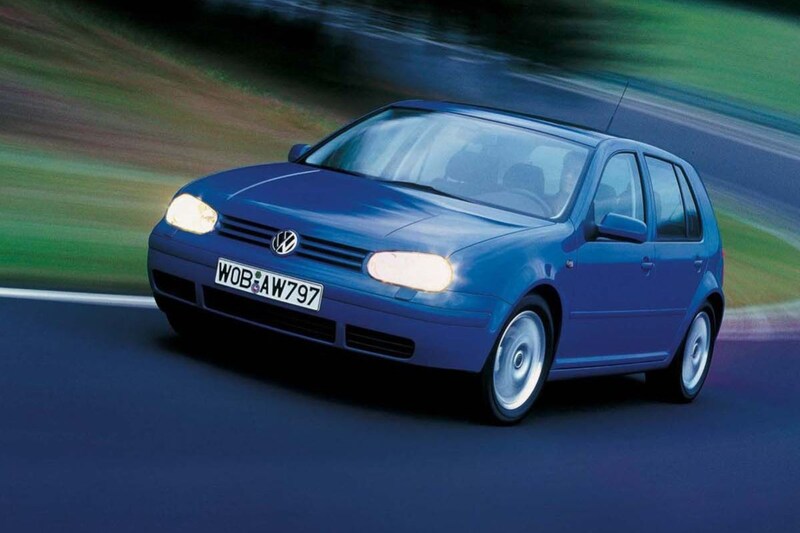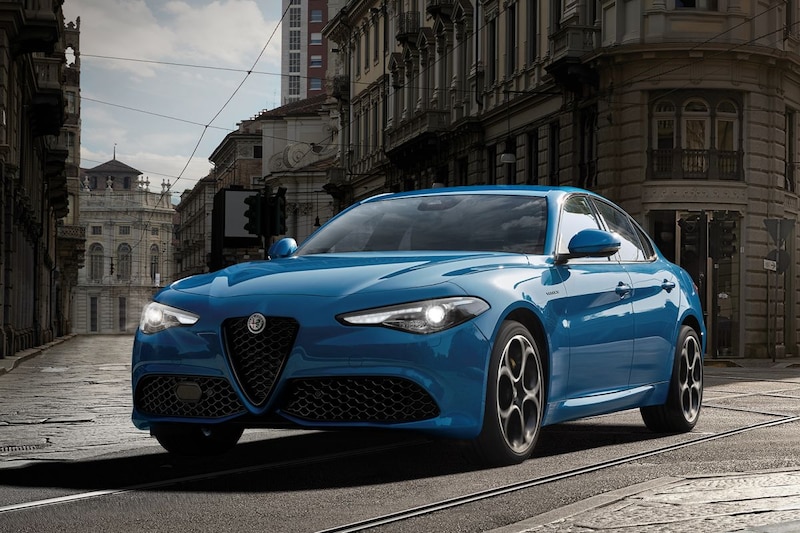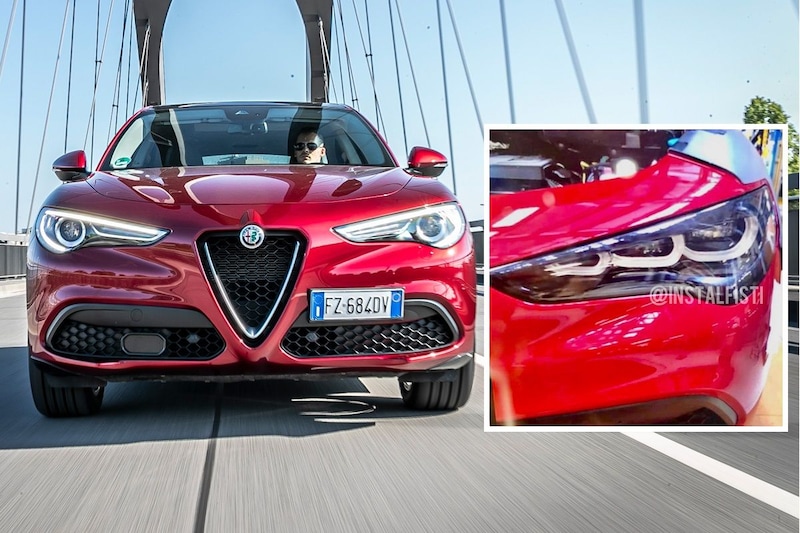The end in sight
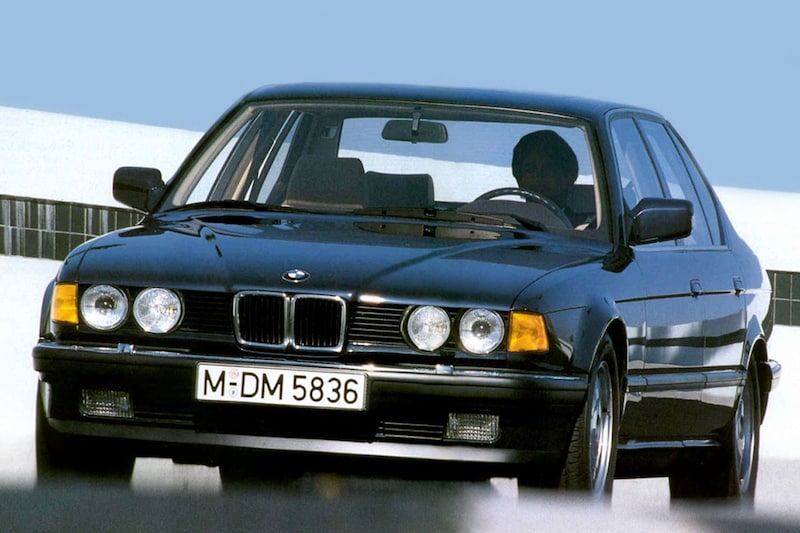

Xenon was once the pinnacle of automotive lighting. Nowadays, however, ‘LED’ is the magic word and recently there is only one car available with xenon to our knowledge. With that, the career of the ‘High-Intensity Discharge’ lamps seems to have come to an end.
Xenon was introduced in 1991 on the BMW 7 Series of the E32 generation. The top segment is almost always where innovations originate and that was certainly the case here. The undersigned is too young to remember 1991, but remembers well that as a little boy in traffic he looked out for cars with that magical, white-blue tint in the headlight. That was something, very different from that golden yellow glow that all other cars gave off at the time. Xenon lighting does not work with a filament, like a halogen lamp, but with gas discharge. That produces that ‘cold’ light, although there are variations. Another typical characteristic is that a xenon lamp is visibly ignited, and therefore has to ‘come to colour’ after being switched on.
For a long time, xenon, or HID (High-Intensity Discharge), was the cream of the crop. Compared to halogen, it offered serious gains in terms of light output, energy consumption and lifespan. The striking, high-quality appearance was of course a nice bonus. A xenon lamp lasts much longer than a halogen one, but replacing it is more expensive and often more work. Xenon was also an expensive option on a new car for a long time. No wonder, because for many years manufacturers were obliged to also install headlight washers with xenon in Europe. This was to prevent the bright lights from dazzling oncoming traffic. For the same reason, automatic height adjustment is mandatory with xenon.
Lenses
As is the case with new gadgets, xenon eventually found its way to lower segments. That started with cars like the 5-series and E-class, but around the turn of the century a Golf and even a B-segmenter like the Renault Clio with xenon could also be ordered. Yet it always remained something special. Cars with xenon are almost without exception recognizable by those striking, piercing ‘lenses’ in the light unit, good for the (literal and figurative) appearance. With a brand like BMW, xenon slowly but surely became the norm, until it even became standard on certain models. The premium brands quickly found a new way to cash in on optional lighting: with the LED headlight introduced by Lexus.
The LED lamp also offers that ‘cold’, ice-blue light. Once again, the new lamp is brighter, more energy efficient and more durable, but now also cheaper. Unlike xenon, LED is now also standard in much more affordable cars, such as the Volkswagen Polo and even various Dacias. LED is therefore completely ‘mainstream’, whereas xenon has always remained an expensive option. An option, moreover, that has now almost completely disappeared. Since the facelift of the Alfa Romeo Giulia and Stelvio, those Italians are also equipped with LED headlights as standard.
As far as we know, there is only one car available with ‘xenon kernels’: the Porsche 718. In both Boxster and Cayman form and even in top versions Spyder and GT4, xenon is the standard option for this ‘entry-level Porsche’. Apart from the Porsche, in our opinion there is no car at all that is still supplied with xenon, although we are happy to be corrected if you know of another one. Even then, however, it remains that xenon is almost dead, although with such a good replacement that is not really a problem. Or do you?
.
– Thanks for information from Autoweek.nl

